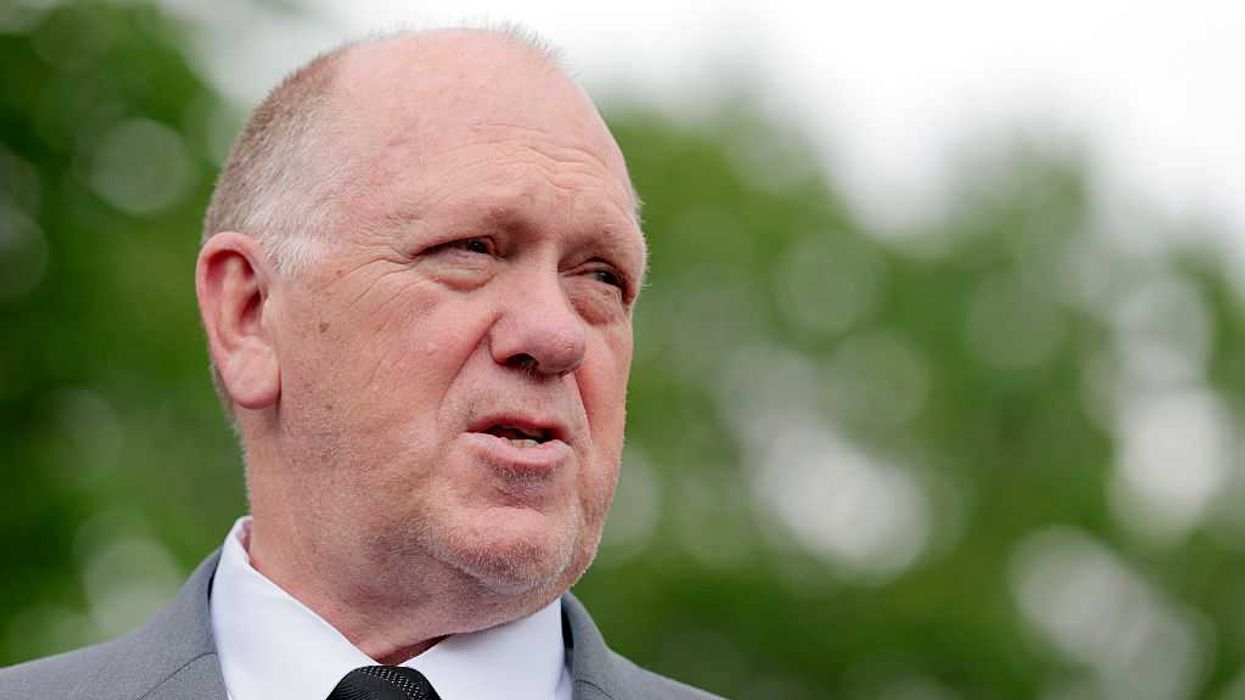NASA announced Thursday that it would be partnering with private companies to send probes and eventually humans to the moon.
What? Is NASA going to the moon?
In a blog and a subsequent news conference, NASA announced that it would be allowing nine different companies to bid on “NASA delivery services to the lunar surface.” NASA explained to TheBlaze that all of these companies were currently on contract with the agency, and that NASA would look at “cost, schedule and technical feasibility” when it came to issuing task orders for specific missions.
NASA also told TheBlaze that competition between outside companies like this “typically leads to more innovative and less costly solutions for the design of spacecraft.”
The nine companies are Astrobotic Technology, Deep Space Systems, Draper, Firefly Aerospace, Intuitive Machines, Lockheed Martin, Masten Space Systems, Moon Express, and Orbit Beyond.
While Lockheed has been involved with NASA for years, others like Astrobotic Technology and Masten Space Systems are relatively new. NASA said that additional companies could be included at a later date.
What else?
The last U.S. mission to the moon was Apollo 17 in 1972. In a news release, NASA said that “[w]orking with U.S. companies is the next step to achieving long-term scientific study and human exploration of the Moon and Mars.”
In a separate news release, NASA said that “[l]unar payloads could fly on these contracted missions as early as 2019.”
During a news conference with NASA administrator Jim Bridenstine, NASA Associate Administrator for Science Thomas Zurbuchen said that the speed at which the agency plans to complete its objective of reaching the moon is unprecedented. NASA had “never done anything that fast” before, Zurbuchen said.
He noted that the only mission that may have been completed in this short time frame is Explorer One, the mission following Russia's launch of Sputnik.







